TLP - NATO Standards Commander Management and Decision Procedure
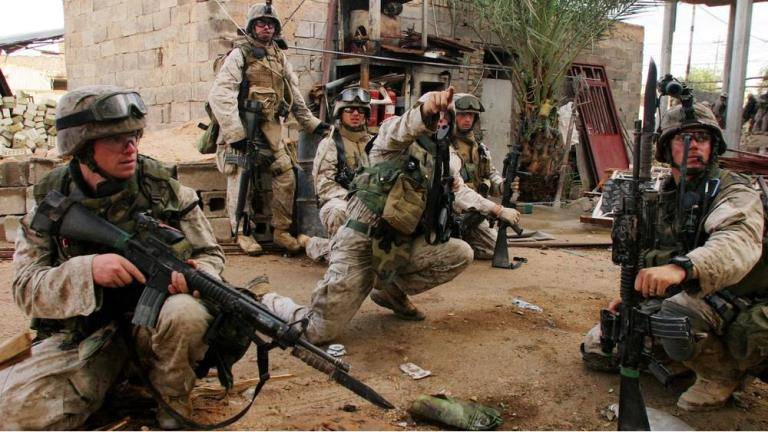
When performing combat missions in the ground forces of the Armed Forces of NATO countries, two main procedures for command and control of troops are applied:
- the military decision making process (MDMP), which is applied at the battalion level and above;
- troop leading procedures (TLP), which is used in subunits at the level of the company and below [23, p. 6-11].
Both procedures apply an established methodology that enables the commander to save time and be an effective leader.
The Military Decision Making Process (MDMP) is a planning methodology that integrates the activities of the commander, headquarters, subordinates, attached and interacting headquarters in order to understand the situation and the combat mission, develop and compare options of warfare (COAs), choose the option of warfare, and development of an operational plan or order for a combat mission [8].
Command and control procedure (TLP) - The order and methods of command used in infantry platoons and squads. These methods are used at all stages of planning and performing tactical operations at the company, platoon and squad level.
In this series of articles, we will consider the second type of procedure, namely: the troop control procedure or TLP: the order of command and control of a unit, combat orders and the sequence of preparing a platoon (squad) for battle. That is, we will analyze the process during which the commander receives an order, draws up an action plan, conducts reconnaissance (reconnaissance), draws up and draws up orders (preliminary and combat), and also prepares and moves the unit for battle.
These topics are directly related to any military operation. Their use takes time. Given sufficient time, commanders can plan and prepare more carefully. If they are pressed for time, they will be guided by pre-practiced actions, combat skills and standard operating procedures.
We with you, unlike most articles that are found on this topic on the Internet, first we will get acquainted with history and the reasons for the emergence of this procedure, as well as a quick look at some of the fundamental points of TLP, such as assessing the situation and information about it, its analysis and "wargaming".
A bit of history
The Troop Leading Process (TLP) used by NATO armies is the brainchild of the US military.
The armies of warring civilizations have always developed theories of the interdependence of operational planning and troop training. This was first documented in the XNUMXth century BC. NS. Chinese military theorist Sun Tzu:
By "the way" is meant here the way of weighing the forces to achieve victory and leading people through instructions and orders; "Sky" - in the most general sense, it is an account of the weather and time of day, which can affect the course of the operation; “Land” is a consideration of distances, terrain, that, knowing how to use the properties of the terrain, you can take positions that promise death or give life.
In the US Army, this theory turned into an applied plane only in the late 1870s, when the US Army learned from the Prussian military model. The evaluation process emerged from the Prussian army's attempt in the early 1800s to develop a systematic and logical approach to solving military problems. The Prussians believed that a documented systematic procedure was needed, "To develop high leadership skills through training"because the death of Frederick the Great and the subsequent Prussian defeats made them realize how much they depend on the rare possibility of the existence of a true tactical genius [18].
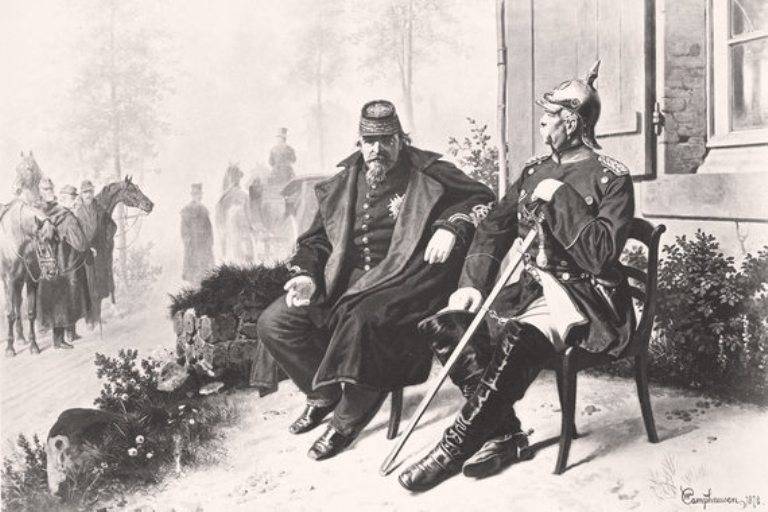
In the United States, the Prussian system was first adopted at the Infantry and Cavalry School at Fort Leavenworth. During the first decade of the twentieth century, the school developed and refined the assessment process as a systematic means by which students had to explain and justify their decisions of tactical problems.
Until that time, no one paid attention to the factors that usually need to be taken into account in the decision-making process. Thus, an assessment of the situation was created, which was first officially documented in 1909 by Captain Roger S. Fitch of Army Headquarters College in his Evaluating Tactical Situations and Writing Field Orders (Fort Leavenworth, KS, US Army Staff College Press, 1909 ).
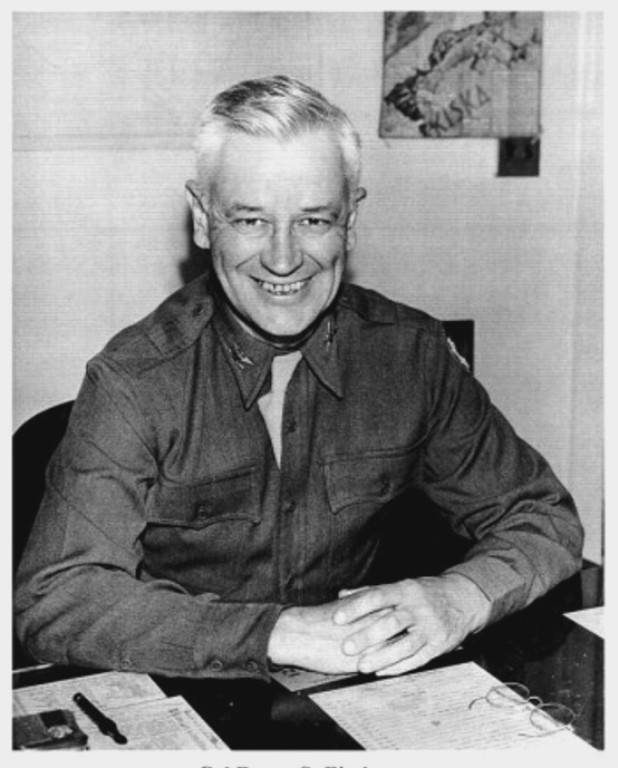
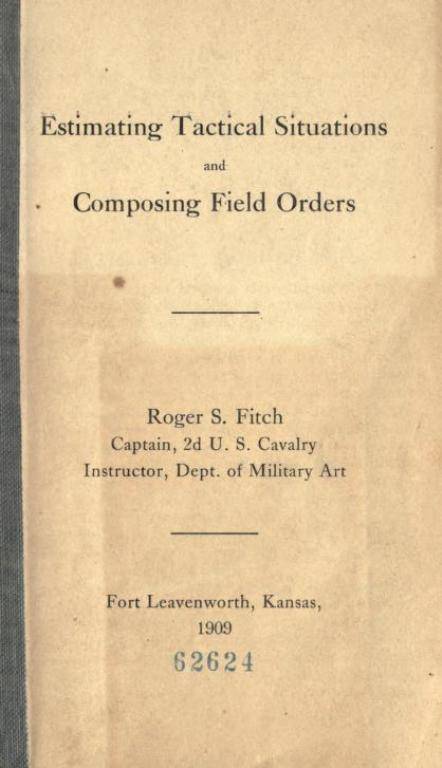
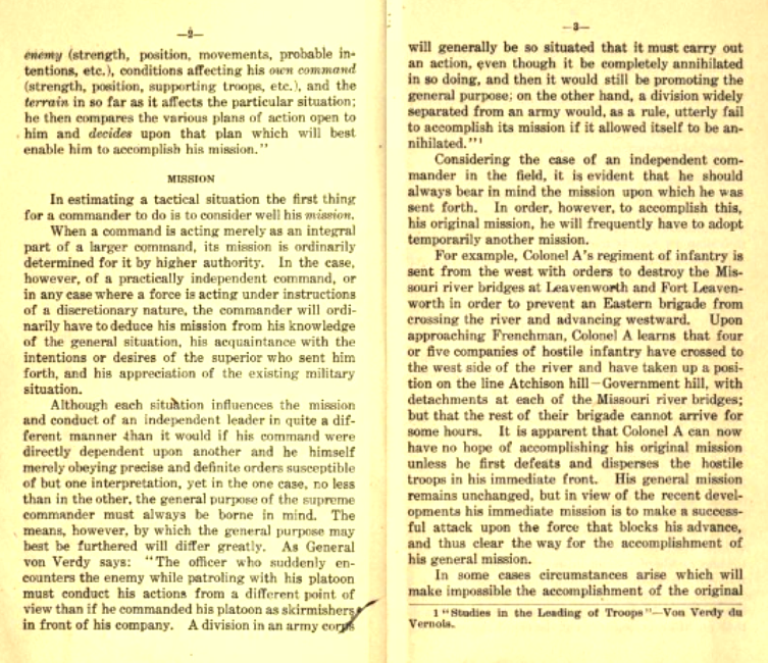
In 1910, "Appraisal ...." became the official doctrine of the US Army with the publication of excerpts from Captain Fitch's document in the Field Service Rules. The following is a quote from the 1910 Field Service Ordinance:
This definition has expanded over the years to reflect its continuous nature, link commander and staff assessments, and outline the necessary steps and categories of factors to be considered.
Assessment of the situation
The first issue of Field Manual FM 101-5 in 1932 stated that assessing a situation should take into account plans open to both the enemy and yourself. However, he recommended a separate analysis of the plans of the enemy and his allies, first deciding which of the possible enemy plans he (the enemy) would accept. And then, using this enemy plan, consider plans that we can implement.
However, the basic definition and purpose of the assessment remained unchanged over time. The main five paragraphs commander's assessments - mission, situation and course of action, analysis, comparison and solution - first appeared in the issue of the FM 101-5 field manual in 1940 [19, p. 90]. These five paragraphs have remained unchanged in all subsequent versions except the 1977 draft.
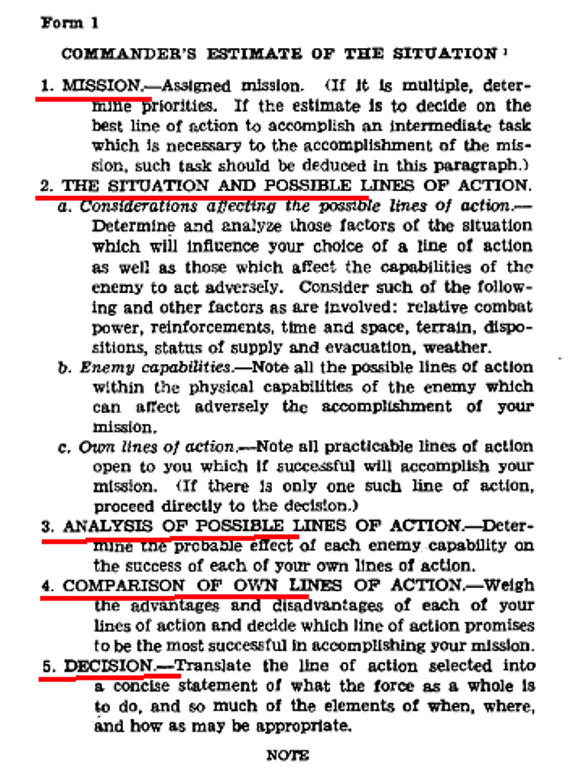
The 1940 version contained all the basic elements that have since characterized the use of multiple options in the evaluation process. The formation of actions of a potential enemy and their own lines (courses) of action should have been carried out on stage 2 "Situations and courses of action" based on consideration of factors or facts in a tactical situation.
For further analysis, it was necessary to retain only those directions of action that could interfere with the fulfillment of your (enemy) mission or would contribute to the fulfillment of your (own) mission. On stage 3 "Analysis" each own line of action had to be "weighed in turn separately" against each enemy line of action.
The figures below show some of the enemy and terrain assessment procedures that are now part of the METT-TC procedure (taken from FM 101-5, 1940).
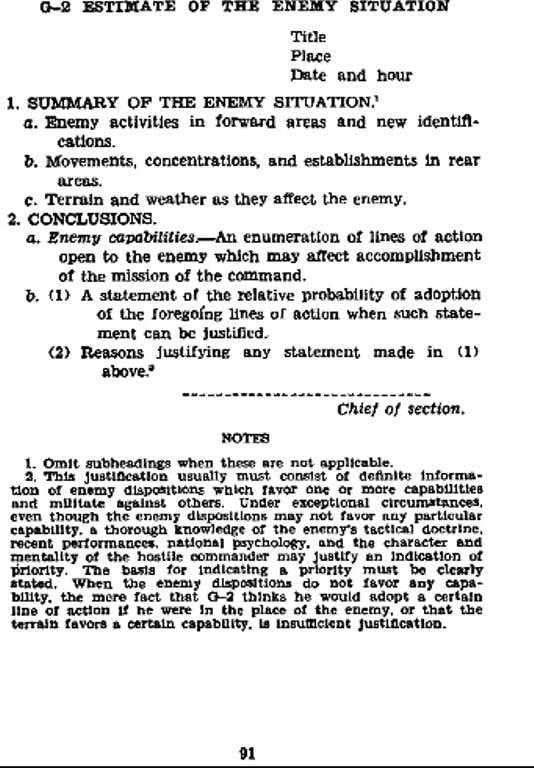
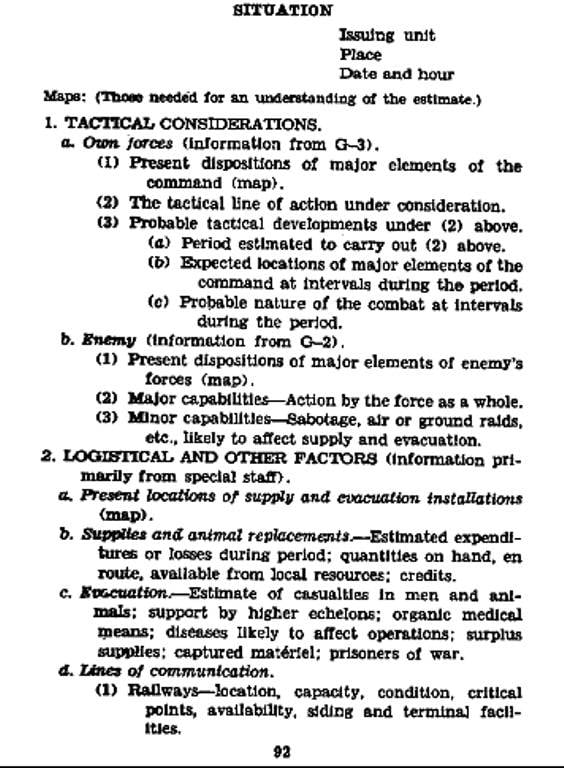
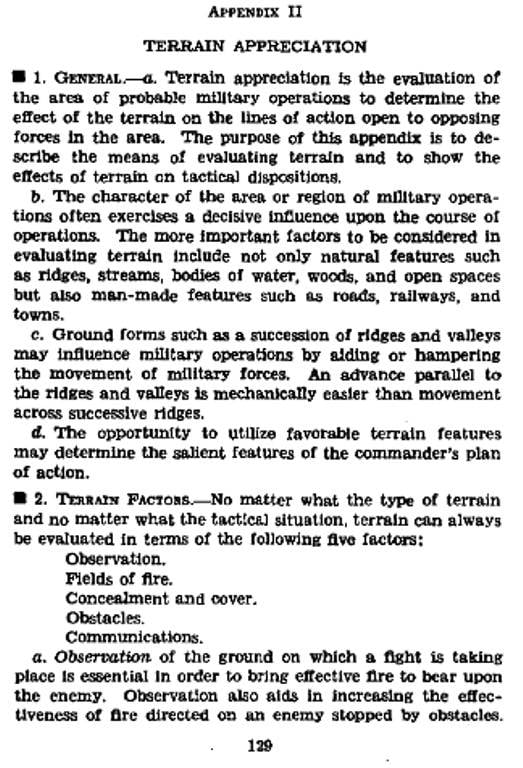
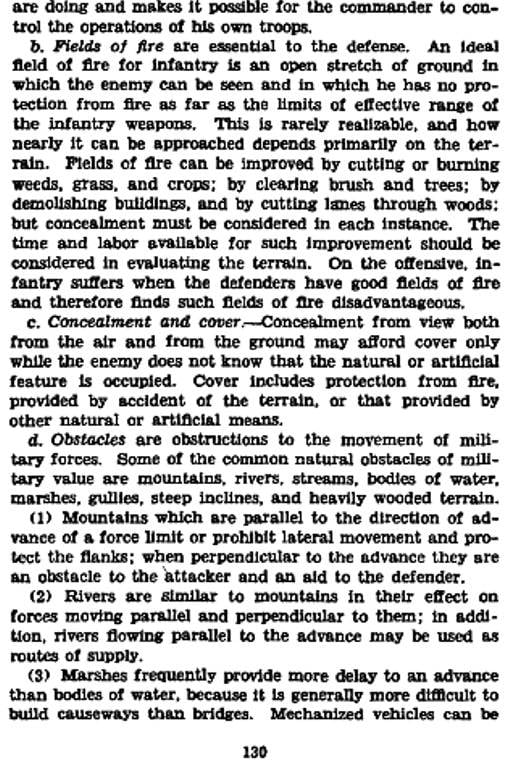
The 1950 issue added nothing to the 1940 issue in terms of the use of multiple courses of action. But it directly pointed out the universality of the method, arguing that it is applicable to any situation or echelon and can be used by any person.
The 1954 version contains unique procedural content. This charter stated that the commander, visualizing his possible options for action at the second stage, "Excludes from further consideration those that are clearly inferior to others under consideration" [15, p. 8].
This contradicted the 1940 version, which argued that while there might only be one practical course of action in some circumstances, a final decision should not be made until that course of action has been tested for step 3to define its “ramifications” and redefine how it should be done.
In 1960, the process of making military decisions is described for the first time. This formal process places the commander's assessment within the broader context of all command and staff actions required to develop and execute an action plan. The five-paragraph description of the grade does not change. With the possible exception of the 1977 draft, the military decision-making process has become an integral part of all subsequent releases of FM 101-5.
Additional subclause levels were added in the 1968 version when four subclause levels appeared in paragraph 2 "Situation and Procedure" ("Situation and COA" *).
Since 1968, the format has remained largely stable. The table below shows an example comparison of the 1932 and 1984 evaluation formats (with the 1968 addition).
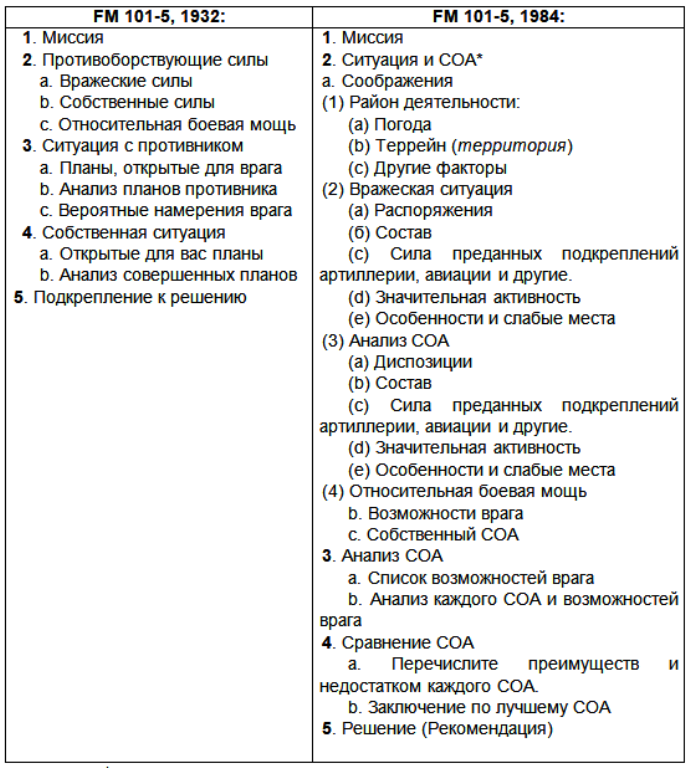
The 1968 edition also added a different, more abstract or general view of proper decision-making. This was to explicitly view solutions on the battlefield in terms of a general problem-solving methodology that consists of:
1) recognition of the problem;
2) collecting the necessary data;
3) development and listing of possible solutions;
4) analysis of possible solutions;
5) choosing the best solution.
The 1968 manual also contained a cautionary note about using valuation procedures that were somewhat similar to those that appeared in 1954. It was stated that the five-paragraph format (see above) was not rigid. The evaluator can move on to the next step without completing the previous one, or take a few small guided tours of the process as part of their overall assessment, revising or adding material as needed. This caveat was repeated in 1972 and 1977, but was dropped from the 1982 and 1984 editions. [15, p. 6].
In the 1982 and 1984 versions, nothing significant was added about the use of multiple variations. Their statements were very similar to those of the 1968 and 1972 editions.
Wargaming - action analysis visualization
The 101 version of FM 5-1932 said nothing about how actions should be analyzed. The 1950 version added nothing to the explanation of the analysis, but for the first time contained an example of a commander's assessment. Here in the analysis paragraph, an “if-then” statement is made for each action plan. The brief statements outlined the effect of terrain and enemy forces on the movement of both home and enemy forces, as well as the time requirements and the relative likelihood of (enemy) breakout. This speaks only of the superficial level of the wargame.
Help. The Prussian military first developed a set of rules for the conduct of war games in 1824. The war game focuses on maneuvering units on the map. She became a tool that helped not only headquarters but also commanders practice and hone their tactical skills by visualizing battles from start to finish.
Wargaming continued to act as a tactics coach until the 1860s, when the Prussians began using the game as a decision-making tool. Prussian commanders studied tactical situations, lined up and moved forces on maps, and then visualized the execution of various COA (Courses of Action - developing and comparing combat options, choosing a combat option) in their heads.
The commanders then chose the best execution option based on the outcome of the war game. In 1870, the Germans amazed the world with their swift victory over the French. As a result, many countries studied the successes of the Germans and adopted German personnel procedures, including the war games. Wargaming soon became the preferred decision-making tool for many European armies between 1871 and 1914. The US Army also borrowed German decision making, but until 1919 could not describe how to use a structured framework for COA analysis.
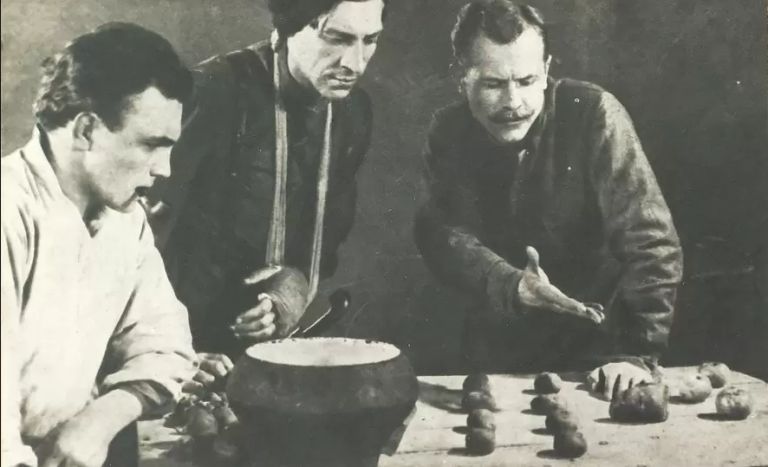
The 1954 charter made it clear that the visualization of the commander must take into account the situational factors inferred on step 2 "situation and course of action"to develop and refine the final decision and determine how these factors can best be used. It was noted that this analysis could lead to modification of action plans or to the creation of new ones.
The Analysis paragraph contains a 1-2 page analysis of each course of action. In these analyzes, the course of action is "worked through" by phases that determine the influence of the terrain and the location of enemies on the actions and time required in each phase. And it is also determined in which phase of actions it is necessary to apply the main effort, that is, to complete the main task.
In the Charter for 1968, the term "wargaming" ("war game") was introduced for the first time, and a description of how this can be done and what follows from this was included [21, p. 15]. The war game was to be carried out from the current disposition to the goal to include any action that might be required to achieve the goal.
The analysis of the course of action (war game) determines which COA is carrying out the mission with the lowest possible losses while at the same time placing the forces in the best way in order to preserve the initiative for future operations. This helps the commander:
1) determine how to maximize combat power against the enemy while protecting friendly forces and minimize collateral damage;
2) have as identical vision of the battle as possible;
3) anticipate events on the battlefield;
4) determine the conditions and resources that are needed for success;
5) Determine when and where to use power capabilities.
In other words, wargaming or "war game" is a disciplined process with its own rules and steps that tries to visualize the course of a battle. The process takes into account friendly attitudes, strengths and weaknesses, enemy assets and likely COA, characteristics of the area of operation. It focuses the attention of personnel at each stage of the operation in a logical sequence. It highlights critical tasks and introduces tactical capabilities that are otherwise difficult to implement. War games are the most valuable stage in the analysis and comparison of SOA, and more time should be allocated to them than to any other stage [20, pp. 5–16].
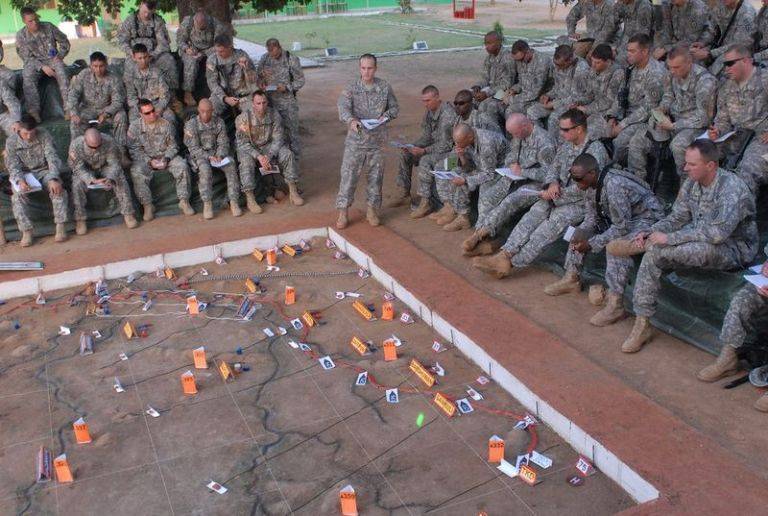
The war game follows an action-reaction-reaction cycle.
Actions are those events that are triggered by the attacking side (usually an advancing force). Reactions are responses from the other side. Countermeasures are the responses of the first party to the responses of the other party. The game will not be completed until the commander decides that he must use a different SOA to successfully complete the mission.
Comparison of options begins with each commander analyzing and evaluating from his point of view the advantages and disadvantages of each SOA. At the same time, each participant in the game presents his conclusions for the consideration of others.
This method divides the operation into segments, the first of which involves, for example, breaking through the initial positions of the enemy, and the last one - capturing an object. For each segment, the commander first determines the combat power that the enemy can use and, based on this, determines the combat power that he needs to overcome. He decides which of his units he can most logically use and where.
Having done this, he visualizes the movement of his units and the reaction of the enemy. This makes him visualize the need to support the attack, such as fire, smoke, and air support. In doing so, he notes critical areas and incidents, as well as the advantages and disadvantages of his action plan. Starting from the initial segment, he develops the composition of the main and auxiliary attacks and decides what his reserve will be and where it will be located.
In subsequent segments, he considers the effectiveness of a sustaining attack and the possible use or movement of his reserve. After he has achieved the goal, he considers what actions will be required to consolidate. This entire process must be repeated for every course of action against every viable adversary.
The 1972 manual did not significantly change the way wargaming was described.
The emphasis on speed and the more informal and active style of the 1977 Field Manual was reflected in several changes to the presentation of war games. Wargaming is described more as an art than a set of prescribed procedures. Therefore, neither a step-by-step method nor a numbered list of results is described.
The 1982 and 1984 versions reverted to the description of wargaming used in the 1968 and 1972 editions. Almost the same words were used. The only significant difference was the addition of two more steps to the military process: the depletion of friendly and enemy forces in each phase of the operation.
Situation information
Information used in paragraph 2 modern assessment of the "Situation and order of action" always includes consideration of important situational factors and combat power that affect the choice of the course of action.
The release of FM 101-5 in 1932 identified relative combat strength as the main information concern of any commander assessing a situation. This early version listed the components of forces that needed to be compared, namely: location, strength, combat effectiveness (physical condition, morale, and training), composition, materiel (including supplies and equipment), and assistance expected from neighboring troops.
Later, when analyzing the actions of friendly forces and adversaries, proceeding from considerations of relative combat power, it was necessary to take into account the influence of weather, terrain and communication routes [22, pp. 45-46].
The 1940 issue noted that not all factors will be the same or consistently important in all situations. It was required to draw a conclusion from the facts about their importance in a particular situation [19, p. 126]. This concept has been implemented in subsequent releases.
In the 1950 version, the terrain section already took into account all the OAKOC factors that can affect the situation, namely: "Observation and sectors of fire", "Camouflage and cover", "Obstacles", "Key terrain" and "Approach paths" ...
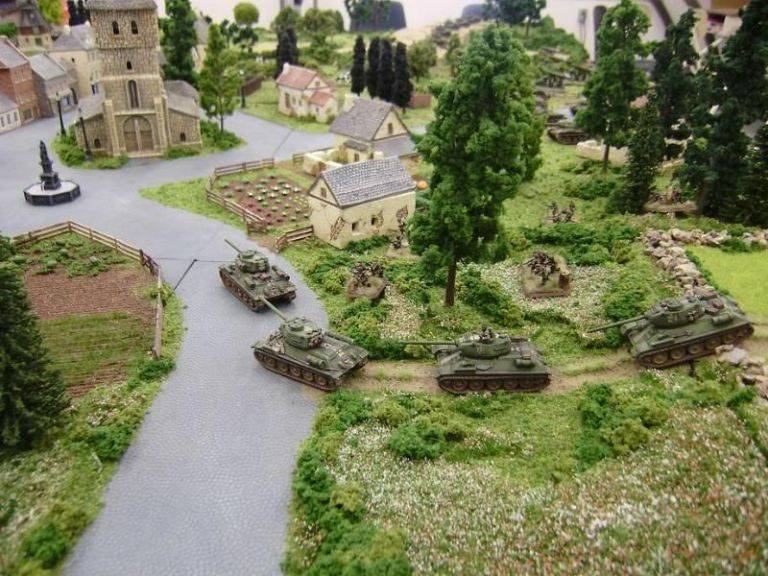
The list of situational factors was expanded in the 1954 edition. The Area of Operations Characteristics now includes additional factors related to the local population: science, technology, materiel and transportation, which may be important under certain circumstances.
The "Relative Combat Strength" section now specifically refers to "recent and present significant enemy activity", which should have included the enemy's knowledge of our situation, its characteristics and weaknesses, as well as the use of a new or modified weapons, technique or tactics. For the first time atomic and chemical-biological weapons were mentioned as factors of relative combat power [15, p. 7].
The 1954 edition mentions for the first time the use of assumptions when the facts are not known. It also stresses the importance of choosing the factors to be used in making a decision.
The 1960 version set a new format paragraph 2a... It looked like this:
(1) Characteristics of the area of operations.
(a) Weather.
(b) Terrain.
(c) Other relevant factors.
(2) Enemy situation.
(3) Own situation.
(4) Relative combat strength.
No further breakdown by these categories is given in the format section. All those non-weather and terrain factors that were mentioned in previous editions (eg, economy, labor, etc.) were now to be discussed in section (c) “Other relevant factors” [15, p. eight].
The composition of the enemy was to include the number, armament and type of organization, while the enemy's strength was to be divided into dowries, reinforcements, air, and equipped with radio communications. The enemy's recent and present activity was no longer subject to further crushing, but the enemy's traits and weaknesses were now a separate factor.
Our vulnerability to an enemy nuclear attack was added to the friendly factors, and the friendly force was to include air and nuclear forces.
"Relative combat strength" was now a separate generalized subsection, which was to include a general comparison, as well as an assessment of the significant strength and vulnerability of the enemy and its own forces. To emphasize the priority of this section, it has been stated that the results of this comparison "May indicate the basic nature and characteristics of a course of action" [25, pp. 143-144].
The 1968 version made very few changes over the 1960 version. The Relative Combat Strength section now clarifies that the main factors to consider are unit maneuverability and fire support, but they can also include deception, mobility, control and coordination, terrain, location, weather conditions, logistics. psychological assistance, security and electronic warfare.
It stated that the factors that must be considered in determining the relative combat power must be determined anew for each operation. The charter warned that the commander should base his comparison on "General impression" and not get bogged down in "detailed study of personnel or weapons on both sides" [26, p. 3].
The section "Situation with the enemy" is not included; he is simply referring to the intelligence assessment. There appears to be a deliberate attempt to present the commander's assessment as a more concise summary of information detailed in other personnel's assessments.
It is in the documents of the 1960s that the eight main stages of the TLP procedure begin to form, which will finally be formed in the statutes of the 80s of the twentieth century:
1 - receiving a task,
2 - issuance of a preliminary order (instruction),
3 - drawing up a preliminary plan, which includes analysis of the situation, terrain and wargame,
4 - start of movement,
5 - conducting reconnaissance,
6 - completion of the plan of operation,
7 - registration and issuance of a combat order,
8 - checking the readiness of the l / s, clarifying some points, conducting trainings.
The 1972 version was the same as the 1968 version, except that all references to the friendly use of biological weapons were removed. The only other change was the addition of “refugees” to the list of “other relevant factors”.
In the 1977 project, special attention was paid to information to determine the relative combat power, considered "The most significant factors in determining the tactics of the action plan" [15, p. 14]. It is interesting to note that in connection with the analysis of actions on stage 3 “Analysis” is the first time the term METT-T is used (METT-T stands for “Mission, Enemy, Terrain, Troops, and Available Time”).
The 1982 edition reverted to the pre-1977 format for describing information factors. The growing amount of information available through improved communications, increased staffing, and automation has now been identified as a problem in the following warning:
[15, pp. 5–6].
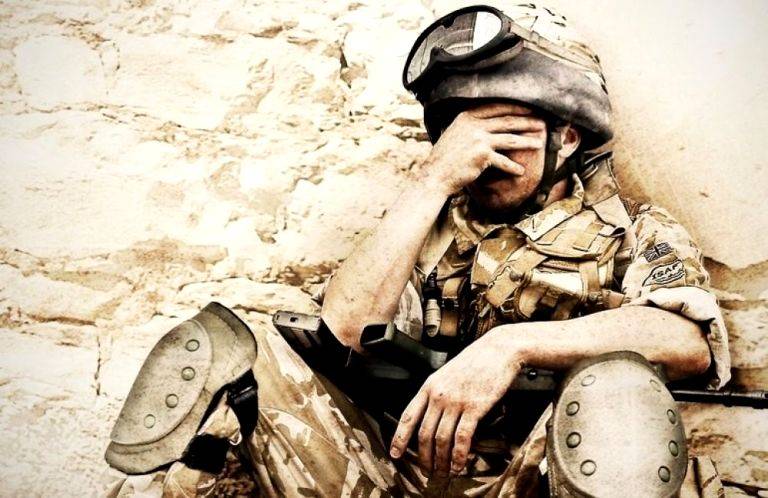
There were no changes in information factors in the 1984 revision from the 1982 revision.
In 1997, the idea of the commander's intentions was introduced and the combination of synthesis and analysis in the MDMP (military decision making process) was introduced.
Little has changed during the assessment process and at the beginning of the XXI century, which is confirmed in the field charters FM 101-5 "Staff organization and operations сontents" and FM 4-01.45 "Tactical convoy ops", which were published in 2005, FM 3- 21.8 (FM 7-8) "The Infantry Rifme Platoon and Squad" for 2007 and FM 6-0 "Commander and Staff organization and operations сontents" for 2015.
So, in FM 6-0 all the same three main types of orders for junior commanders (Warno, Opord, Frago) are described, 8 steps of the unit management procedure are given with their detailed descriptions, in particular on the METT-TS clauses, and attention is also paid to “ wargaming "(step 3 "Development of a preliminary plan"), as one of the necessary and qualitative conditions for the analysis of the correctness of actions [23, pp. 209–216].
Separately, I must say a few words about the Europeans.
The first and, as can be judged, the only work in this direction was the work of the Swiss Hans von Dach "Combat Technique" [4, 5]. For the first time, this manual was published in 1967 as a manual on combined arms combat for the conscripted population of the Swiss Confederation in the framework of the Service for Advanced Training of Troops.
In this tutorial, we will not see a clear description of the TLP procedure that we talked about above.
Here, when describing actions and orders, separate clauses are given that resemble the clauses of the unit control procedure. So, in the first volume in the section "Technique for issuing orders" it is noted that giving an order consists of such items as "Assessment of the situation", "Decision making" and "Order". At the same time, "Assessment of the situation" includes the following sub-items: task, territory, own means, enemy, time, own capabilities [4, p. 142].
All this is similar to the METT-TC procedure step 3 from the TLP (more specifically in the next article).
Terrain analysis is also very similar to the METT-TC procedure in the Terrain sub-item. The author of the manual also draws attention to taking into account the terrain, hidden ways of approach, key areas of the terrain, and the results of the terrain analysis are also entered into a special table with a description of the conclusions: how it threatens us, what opportunities are given to the enemy and what needs to be done to protect ourselves [4 , Pp. 147–148].
We see a similar description of steps in the second volume, where the author gives examples of orders for defense and counterattack [4, pp. 104–110].
It should be noted that command and control procedures are now described not only in the infantry and ranger manuals, but also in the Operational Process (ADP 5-0), the Commander and Staff Officer's Manual (ATTP 5-0.1) and many other manuals. ... The use of the fundamentals of the TLP procedure in almost all guidance documents of the US military department confirms the relationship and dependence between the army design methodology, the military decision-making process and the TLP.
Summing up, I would like to hope that the author managed, at least in a minimal amount, perhaps somewhat incoherently, but to convey to the reader the reasons for the appearance of this procedure and its main stages of development.
In the following articles, we will get acquainted in more detail with the TLP procedure itself, the basic concepts and consider its eight basic steps.
To be continued ...
Sources:
1. Introduction to the organization of hostilities // Typical basic curriculum for training command personnel in the system of special military education. - Office of the Chief of the Canadian Armed Forces Academy. Station Forces Kingston, Ontario, K7K 7B4 1000-1 (SSO DEO). - September 21, 2011
2. Development of combat missions // FM 7-93 operations of deep reconnaissance units. - Headquarters of the Ministry of the Army. Washington, 1995.
3. Command, Control, and Troop-Leading Procedures. Chapter 5 // FM 3-21.8. The Infantry Rifle Platoon and Squad. - Headquarters Department of the Army Washington, DC, 2007.
4. Hans von Dach. Combat technique. The basics. Volume 1. Part 1 / Translation from it. Ekaterina Kotyuk. - Lviv: Astrolabe Publishing House, 2017. - P. 142–153.
5. Hans von Dach. Combat technique. The basics. Volume 1. Part 2 / Translation from it. Ekaterina Kotyuk. - Lviv: Astrolabe Publishing House, 2017. - P. 104–110.
6. Special forces tactics in Afghanistan. Preparing for the exit // Special Forces of the GRU: Essays on history. In 4 books. Book. 3. Afghanistan 1979-1989. - M .: "SPSL", 2009. - S. 611-626.
7. Center for Combat Training of NATO Allied Air Forces // Foreign Military Review. 2014, No. 6. - P. 59–67.
8. CHAPTER 2. Combat command and order of command of troops // FM 3-21.91 (FM 7-91). - Army Headquarters. - Washington DC, 2002
9. Polishchuk L. I., Klimovich A. K. et al. The process of making a decision on the conduct of hostilities in the ground forces of the armed forces of NATO countries / L. I. Polishchuk, A. K. Klimovich // Armament and Military Equipment. - 2018. - No. 4. - P. 3.
10. Polishchuk L.I., Klimovich O.K., Bogutskiy S.M. Algorithm of operation of command and control bodies in the ground forces of the armed forces of NATO countries when deciding on the conduct of hostilities / L. I. Polishchuk, A. K. Klimovich, S. M. Bogutskiy // Collection of scientific works. - Odessa: Military Academy. - 2018. - No. 2 (10). - S. 161.
11. Sadovskiy MS Problems of implementation of NATO standards in the functioning of the Armed Forces of Ukraine / MS Sadovskiy // Control systems, navigation and communication. - 2016. - No. 1 (37). - S. 38–42.
12. Chapter 2. Operations. Section I. Command and control // FM 7–8. Infantry rifle platoon and squad. - Washington, DC: Headquarters Department of the ARMY. - April 22, 1992.
13. Sun - Tzu // Chinese military strategy / Comp., Per. and comments. V.V. Malyavin. - M .: OOO "AST Publishing House", 2004. - 432 p.
14. Rex R. Michel. Historical Development of the Estimate of the Situation. - Alexandria, Virginia: US Army Research Institute0 for the Behavioral and Social Sciences. - October 1990.
15. Runov V. Afghan war. Combat operations / Valentin Runov. - M .: Yauza, 2008 .-- 432 p.
16. Textbook of the US Army Ranger. SH 21-76. - Fort Benning, Georgia: Ranger Training Brigade. - January 2000
17. Prussian army of the era of German unification. - http://militera.lib.ru/science/svechin2b/04.html
18. FM 101-5. Staff officers' Field Manual. The staff and combat orders. - Washington: War Department. - August, 1940.
19. Staff organization and operations contents. - Washington, DC: Headquarters Department of the Army. - May 31, 1997.
20. Major Walter E. Kretchik. The Manual Wargaming Process: Does our Current Methodology Give Us The Optimum Solution? - Kansas, Fort Leavenworth: A School of Advanced Military Studies United States Army Command and General Staff College. - December, 1991.
21. Staff officers' field manual. Part ONE. - Washington: United States government printing office. - September, 1932.
22. FM 6-0. Mission Command: Command and control of Army Forces. - Washington, DC: Headquarters Department of the Army. - August, 2003.
23. Obsolete Military Regulations // Fort Leavenworth, Kansas: US Army Command and General Staff College. - https://cgsc.contentdm.oclc.org/digital/collection.
24. FM 101-5. Army Staff Officers Field Manual. Staff Organization and Procedure. - Washington, DC: Headquarters Department of the Army. - July, 1960
25. FM 101-5. Staff Officers Field Manual. Staff Organization and Procedure. - Washington, DC: Headquarters Department of the Army. - June, 1968.
26. Prohibited methods and means of conducting hostilities // On the approval of the Instruction on the procedure for the implementation of the norms of international humanitarian law in the Armed Forces. - https://zakon.rada.gov.ua/laws/show/z0704-17#Text.
27. Training essays on peacekeeping operations with possible solutions: Textbook. manual / Responsible for the release Alexander Bokov. - K .: PKF "Lyubava". - 1998 .-- 80 p.
Information